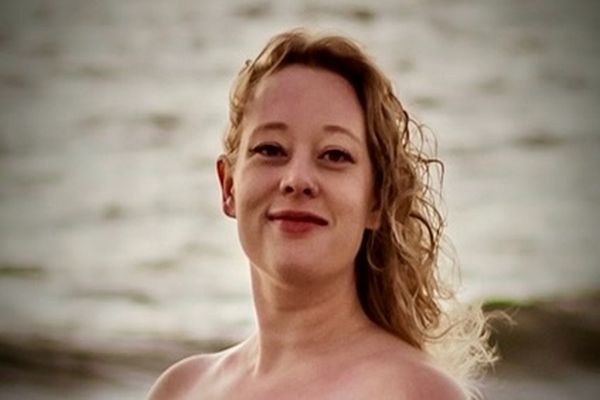
Amid escalating far-right violence across England and in Belfast over the past week, instigators and apologists for the rioting have sought to spread a pernicious myth: the idea that white far-right “protesters” are the victims of a “two-tier policing” system that treats them more harshly because of their race and political views.
That is an idea propagated by Tommy Robinson, whose real name is Stephen Yaxley-Lennon, as well as Laurence Fox and various other social media demagogues in the past few days. On Monday, Nigel Farage claimed that “ever since the soft policing of the Black Lives Matter protests, the impression of two-tier policing has become widespread”.
Yvette Cooper, Keir Starmer, Priti Patel and the Met police chief, Mark Rowley, were all asked about it later in the day. Cooper, Starmer and Patel all rejected the claim; Rowley said nothing, but grabbed the reporter’s microphone.
“There are ‘tiers’ in policing response,” said Graham Wettone, who spent 30 years in frontline public order roles with the Met and is the author of a book, How to Be a Police Officer. “Of course there are – because you make operational decisions appropriate to the severity of the situation. But there are not tiers based on preference or favouritism.”
What is the origin of the claims?
Agitators point to the policing failures that allowed organised grooming gangs of predominantly Asian men to operate in Rochdale in the 2000s. They also claim the Black Lives Matter (BLM) protests in 2020 were treated with kid gloves.
The Rochdale abuse was scandalously ignored by police. But the argument that it is a factor in policing today ignores major reforms to the way child sexual exploitation is treated in the region, including the addition of a specialist unit in Greater Manchester police and every Ofsted inspection since 2014 finding that Rochdale now responds to reported cases effectively.
The BLM protests were qualitatively different from the events of the past week, as disorder in the centrally organised protests was a relatively marginal feature. Draconian sentences were also handed down after the 2011 riots.
“There was actually plenty of criticism of the BLM policing for being heavy-handed,” Wettone said. “The Met used an advance of the mounted branch, one of their most impactful tactics, which I’ve only seen deployed a couple of times in my whole career, and not at any of the incidents in the last week.”
How have the claims gained traction?
Allegations of a two-tier system had gained currency even before the events of the past week, with claims about the policing of the pro-Palestinian protests in the UK since 7 October. Robert Jenrick, now a Conservative leadership candidate, claimed in March that two-tier policing had governed the police’s handling of those protests.
Meanwhile, those on the far right have claimed that the treatment of recent unrest in Harehills, Leeds, after children from a Roma family were taken into care, revealed that the police were unwilling to act when the agitators were from a minority background. And videos have circulated on social media in recent days of what are claimed to be “Asian gangs” attacking white “protesters” with impunity.
But these claims do not stand up to scrutiny, either. All of the evidence of those who attended and monitored the Gaza protests suggests that while there were pockets of disorder, the vast majority of those who attended did so peacefully. “There were arrests, and police identifying offences that have led to prosecutions,” Wettone said. “But those who stayed within the law and were respectful were rightly allowed to protest.”
The circumstances in Harehills were very different. “It started out looking like a standard call that many officers will go to, an incident at an address with social services trying to remove children,” said Wettone. “And then it blew up with officers coming under attack. And because of how quickly it escalated, withdrawal is the best tactic.”
Some of the videos of “Asian gangs” do appear to be real recordings from the past few days – and there was a troubling confrontation between the far right and a group of Asian men in Bolton. But the scale of these incidents pales in comparison with the far-right activity of the past week, and does not justify headlines framing events of Sunday as equal clashes between the two sides. “Clearly there have been some incidents,” Wettone said. “But it doesn’t seem to be pre-planned in the same way.”
How has the violence of the past week been policed?
The level of persistent violence puts it in a qualitatively different category to the other policing operations that have been mentioned. So does the fact that the initial protests, which later turned into riots, were not organised in consultation with the police.
Chief constable BJ Harrington, the national lead for public order policing, put it like this: “We have not seen this level of violence or planned intent of violence from other large marches. This is not about being frustrated or wanting to give the police the runaround to get publicity, this is about trying to frighten communities, damage property and attack police officers.”
A different approach was therefore warranted, Wettone said. “It isn’t about numbers. It’s about the risk and the threat that people pose.”







